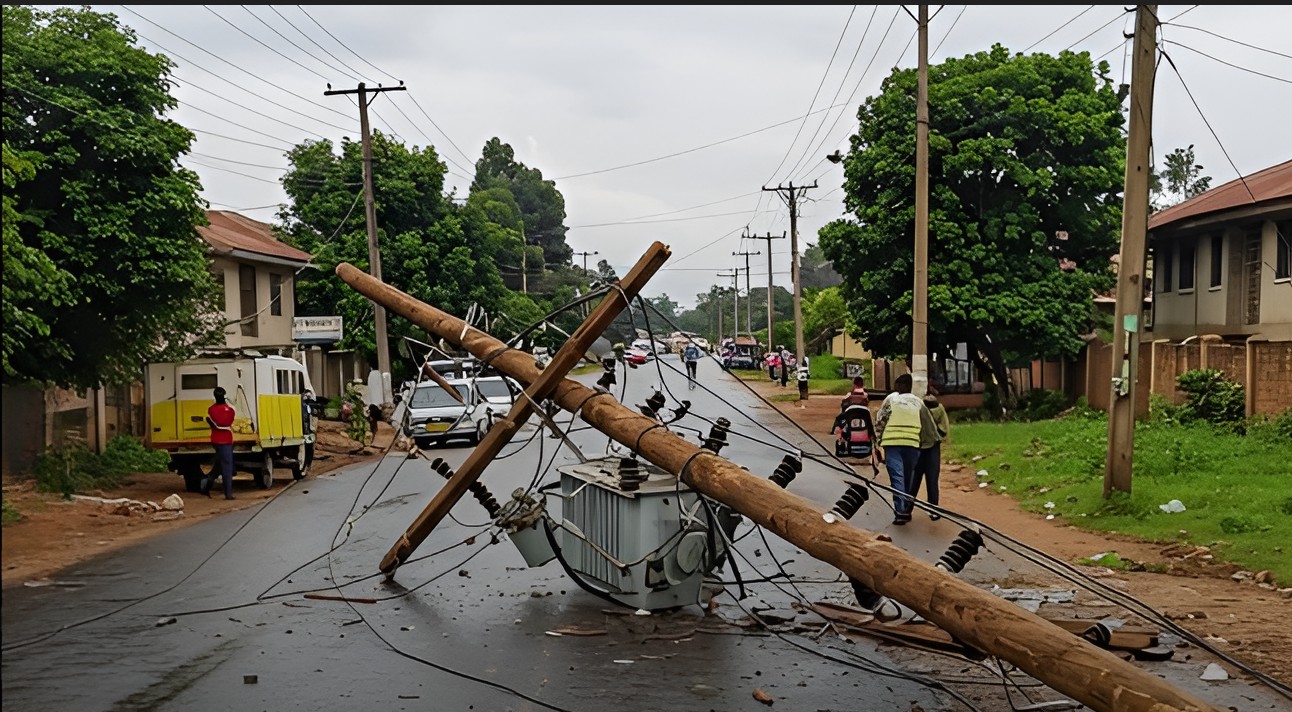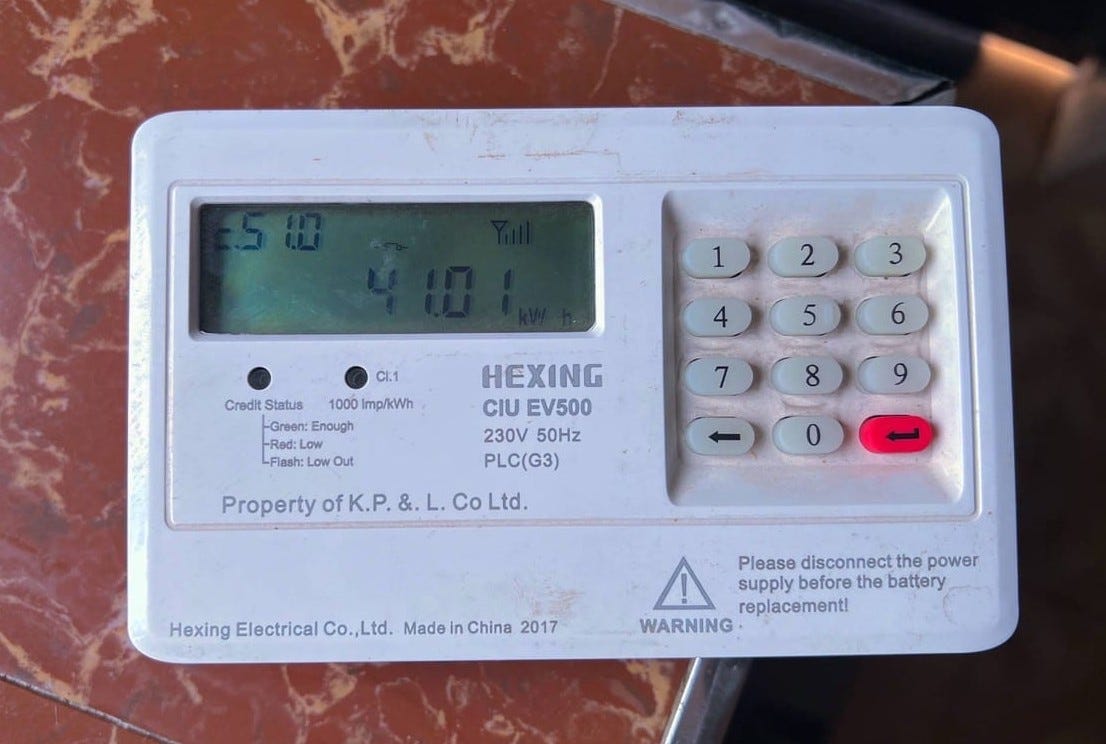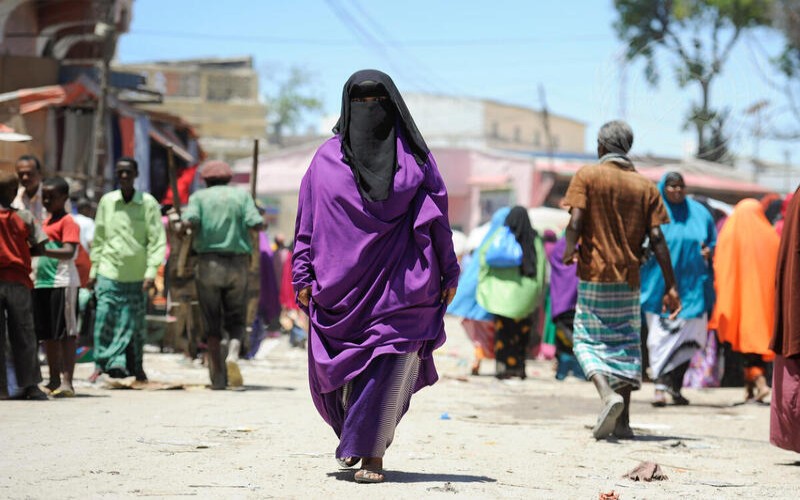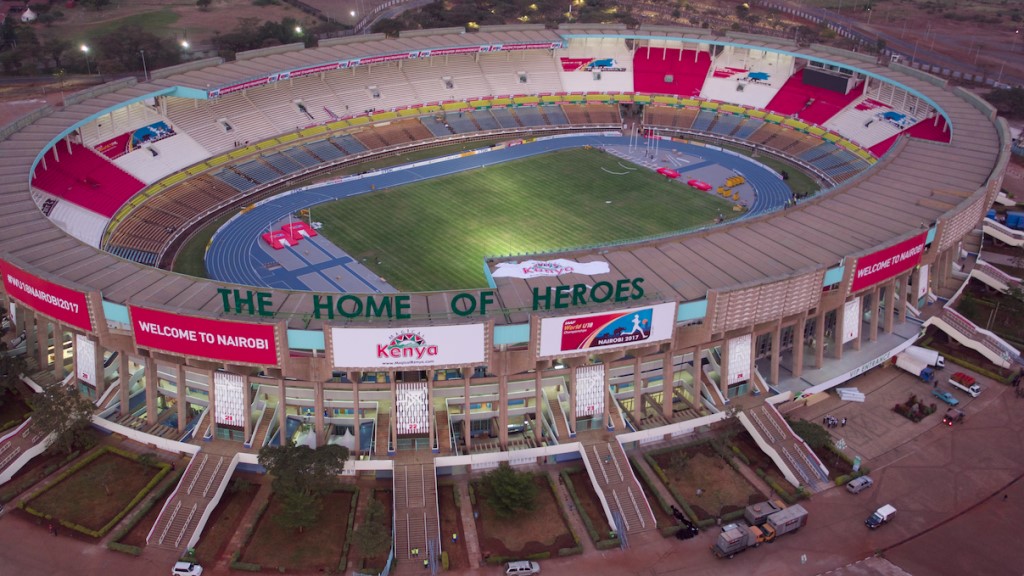Kenya on track to achieve universal electricity access by 2030 - report
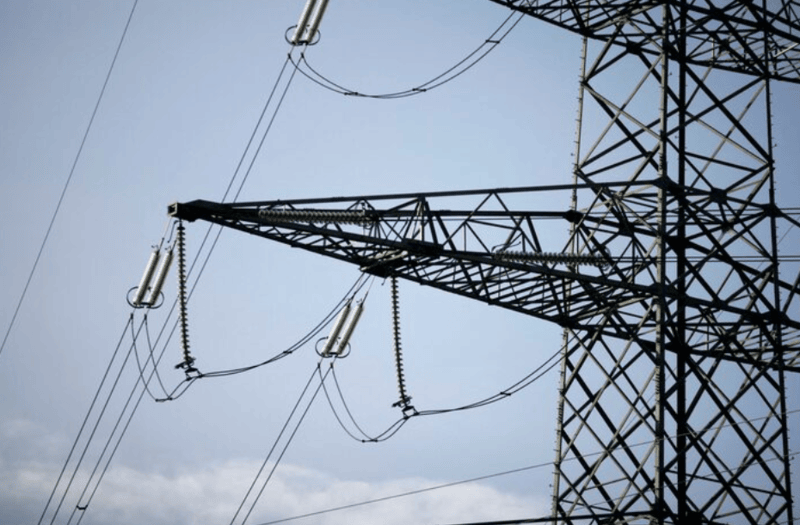
It projects that electrification growth will accelerate even further in the coming years, driven by increasing power demand, which is forecast to grow by 6.5 per cent annually between 2025 and 2027.
Kenya is making significant strides towards achieving its Sustainable Development Goal 7 (SDG7) of universal access to electricity, strengthening the likelihood of attaining the goal by 2030.
This is according to the latest electrification and electricity demand report by policy and data firm, the International Energy Agency (IEA).
More To Read
- Kenya Power ends manual applications, new connection requests exclusively via website
- Over 16,000 in the dark as Kenya Power struggles to procure essential meters, transformers
- Kenya moves to end power shortages and lower electricity costs
- Africa’s energy mix brightens: Renewables, clean cooking access set to rise by 2035
- Senate flags 24 State agencies still performing county functions
- Ruto admits Kenya is rationing electricity, says at least Sh1.2 trillion needed to boost capacity
The report notes that the country’s access rate reached 79 per cent in 2023, a promising indicator of progress amid steadily rising demand, which grew by 3.2 per cent annually from 2018 to 2024.
It projects that electrification growth will accelerate even further in the coming years, driven by increasing power demand, which is forecast to grow by 6.5 per cent annually between 2025 and 2027.
The Agency attributes these improvements and the positive outlook to the Last Mile Connectivity Project (LMCP), which aims to accelerate electrification efforts and has connected almost 750,000 households since its launch in 2015.
Notably, it highlights that Kenya’s power grid is largely powered by clean energy sources, which account for 90 per cent of the electricity generation mix, with additional low-emission projects in development.
"We anticipate Kenya will continue to see strong growth in renewables, rising annually by six per cent over the next three years," the report states.
"Wind and solar PV experienced the largest yearly generation growth from 2018 to 2024, at 63 per cent and 34 per cent, respectively. They are expected to continue strong growth over the 2025–2027 period, albeit at lower rates, at 12 per cent and 28 per cent, respectively."
It adds that several wind and solar PV projects are currently under development, including a 42 MW solar PV project at the Seven Forks Dam, expected to come online in 2027.
Geothermal power remains Kenya’s largest source of electricity generation, accounting for 41 per cent of total output in 2024, according to the report.
Despite these advancements, the IEA estimates that the country has about 7,000–10,000 MW of untapped geothermal energy in its Rift Valley region.
The Geothermal Development Company (GDC) intends to develop 465 MW of geothermal capacity in the Menengai steam field over five phases, providing electricity to almost half a million households.
"The Menengai III plant (35 MW) began operations in 2023, and Menengai II (35 MW) is slated for completion by 2025," the IEA stated.
"Additionally, Kenya aims to develop 800 MW in the Baringo-Silali geothermal block and rehabilitate some of its ageing geothermal power plants to increase output. Several large hydropower plants are expected to come online between 2031 and 2032, including the High Grand Falls Power Station, with a capacity of 700 MW."
However, the IEA notes that Kenya has significant potential for small-scale hydro, estimated at 3,000 MW, yet only 15 MW is currently connected to the national grid.
Kenya also aims to diversify its electricity supply and plans to begin construction of its first nuclear power plant in 2027, with operations expected to commence in 2034, the IEA added.
Globally, the IEA forecasts electricity consumption to rise at the fastest pace in recent years, growing at nearly four per cent annually through 2027, as power use increases across various sectors of the economy.
This surge will be primarily driven by the growing use of electricity for industrial production, increased demand for air conditioning, accelerating electrification—led by the transport sector—and the rapid expansion of data centres.
Top Stories Today




